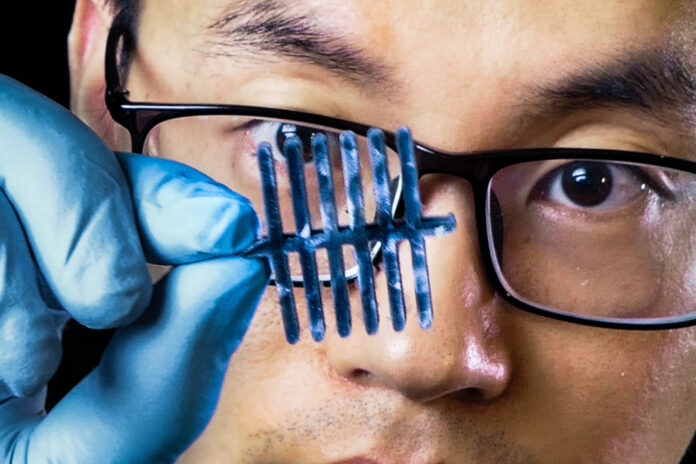Introduction to Advanced Sensors
When racing in a videogame, every parameter is predictable. We know how the vehicle will react upon impact or the speed at which it will skid out of a bend. With a driverless car, however, complexity goes through the roof. Unexpected pedestrians and maneuvers of other cars, weather conditions that alter substantially the driving experience… This is the real world, with all its chaos and unpredictability. Therefore, the weakest link in our current digital transformation, with an increasingly important role played by the Internet of Things, is the measurement of all those physical variables.
The Challenge of Measuring Physical Variables
The challenge of the digital age is creating advanced sensors that provide meaningful and reliable information. Some of the most basic variables are temperature, moisture, and pressure. And the researchers in the Laboratory of Organic Electronics at Linköping University (Sweden) have managed to cram them into an innovative sensor. This could have a slew of applications in a range of fields such as smart homes, robotics, or artificial skins.
Creating the New Technology
In order to create this new technology, the Swedish scientists have developed a complex process based on the behavior of electrons. The basic material is a highly conductive and thermoelectric elastic aerogel of polymers. In order to achieve this new material, they have mixed cellulose nanofibers and a conducting polymer (PEDOT:PSS) in water, with the resulting material freeze-dried under vacuum. Finally, polysilane has been added to the sponge-like material to give it elasticity.
How the Sensor Works
A thermoelectric device generates voltage when there is a temperature differential between both sides, with electrons flowing from the cool side to the warm one. Conversely, when voltage is applied to the material, its temperature changes too. In this case, there is a linear response to the increase in voltage—the resistance to the electrical current increases with the temperature. However, when the material is subjected to pressure, the resistance decreases, and the electrons flow more easily through it. All this means that any alterations in the electrical current can be interpreted as a variation in pressure.
Detecting Changes in Temperature and Moisture
Additionally, being a thermoelectric material, it also allows detecting changes in room temperature. The greater the difference in temperature in both sides, the higher the voltage developed. In a similar fashion, moisture also affects the speed at which ions travel through the material. The lower the temperature is, the slower will ions move. In a nutshell, the ability to track the behavior of both electrons and ions is the key to measuring the three variables with a single smart sensor.
Real-world Applications
This innovative aerogel provides some clear advantages. Besides dispensing with the need for separate sensors, it has lower production costs than current alternative solutions. One of its most direct applications would be in robotic systems handling fragile materials and, likewise, in human prostheses. This new material could also be embedded in packages with sensitive contents, as well as driving the technology of smart homes and functional fabrics.
Conclusion
The development of this innovative sensor is a significant step forward in the field of advanced sensors. With its ability to measure temperature, moisture, and pressure, it has the potential to revolutionize a wide range of industries, from robotics to smart homes. The fact that it is also cost-effective and can be produced at a lower cost than current alternative solutions makes it an even more attractive option. As technology continues to advance, we can expect to see even more innovative solutions like this one, and it will be exciting to see the impact they have on our daily lives. Source: Science Daily

